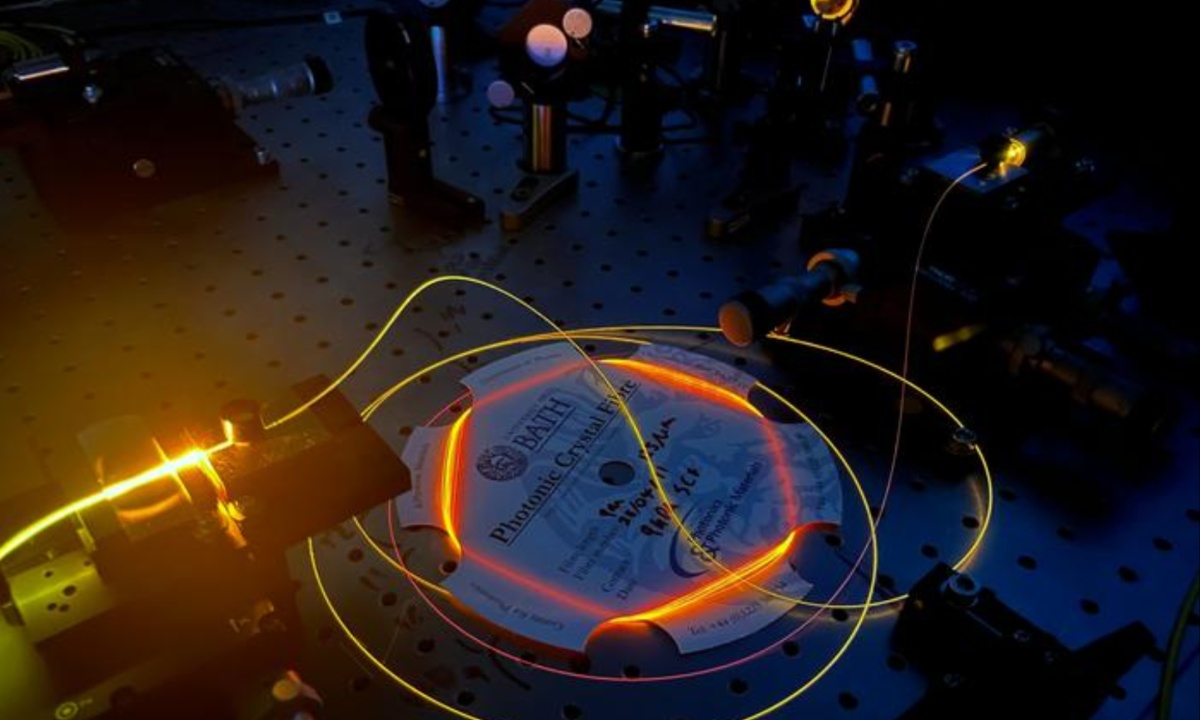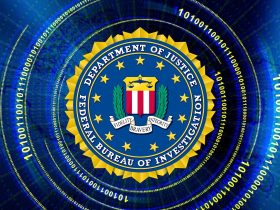A research team from the Institute of Photonics at Leibniz University Hannover in Germany has made significant strides in merging conventional internet technology with quantum communication systems. Their recent experiment demonstrates that it is possible to maintain photonic entanglement even when photons are transmitted alongside a laser pulse.
By utilizing a high-speed electrical signal, the researchers can alter the color of the laser pulse to align with that of the entangled photons, allowing both to coexist on the same frequency channel within an optical fiber. This innovation aims to facilitate the integration of quantum communications into existing fiber-optic networks.
Central to their approach is the serrodyne shifting technique, which modifies the spectrum of an optical pulse by employing a linear temporal phase ramp. This method enables the alteration of the laser pulse’s color through adjustments in its temporal phase, essentially adding or removing energy from the light. As explained by Michael Kues, head of the Institute, precise timing is critical; the laser pulses and electronic signals must arrive simultaneously for effective manipulation.

During the remainder of the time, the electronic signal is inactive, ensuring that entangled photons remain undisturbed, thus allowing different light types to share the same frequency channel and optimizing bandwidth usage.
The team faced challenges regarding the control of electronic and laser pulse interactions, necessitating meticulous management of their arrival times. They achieved this through a stabilized mode-locked laser and a sophisticated multichannel electronic signal generator capable of operating in the multi-gigahertz range.
Another critical challenge was minimizing optical loss within the transceiver, as excessive loss would complicate the reconstruction of quantum states. Kues envisions future developments involving the integration of fiber-coupled transceiver components into a single photonic integrated circuit to enhance performance and reduce losses.
Two key moments in the experiment included the successful frequency shifting of laser pulses and the effective cancellation of the frequency shift when activating the inverse signal on a secondary phase modulator. Ph.D. candidate Philip Rübeling expressed enthusiasm over the experiment’s outcome, highlighting that the entangled photons could be transmitted alongside classical laser light and later separated without compromising their quantum properties.
This outcome marks a significant advancement, as previous attempts to utilize both transmission methods within a single color channel faced limitations due to entangled photons blocking data channels in optical fibers.
This groundbreaking research lays the groundwork for future telecommunications innovations, particularly in quantum key distribution over existing fiber networks, enhancing data security for critical infrastructure. Kues predicts that this work could pave the way for a secure quantum internet and contribute to a deeper understanding of electro-optic manipulation of quantum light through their exploration of serrodyne dynamics for frequency-entangled photons.
Looking ahead, the team plans to demonstrate the serrodyne transceiver concept in a real-world fiber link, enabling the simultaneous transmission of entangled photons and classical data in a truly hybrid manner.







Leave a Reply